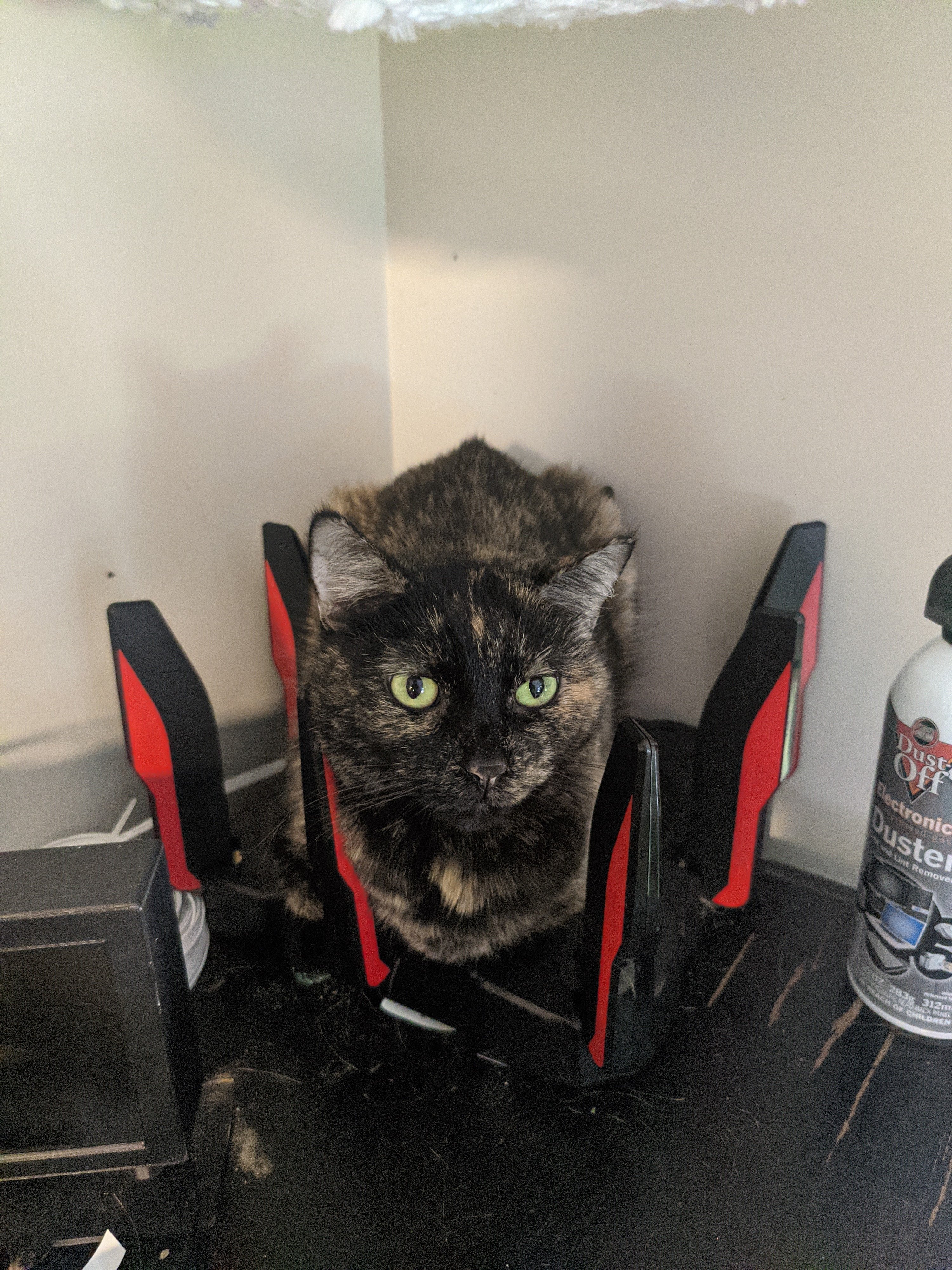this post was submitted on 12 Jul 2024
701 points (98.6% liked)
cats
19588 readers
1167 users here now
typical internet cats. videos, pics, memes welcome!
rule 1) be kind
other cat communities midwest.social cats
founded 2 years ago
MODERATORS
you are viewing a single comment's thread
view the rest of the comments
view the rest of the comments

Serious question. What does a $200 router do that my shitty Xfinity One doesn't?
A lot of the ISP provided routers don't even let you change the DNS.
Better range, better speeds, better control panel, and some extra features that can be great for gaming or self-hosting servers (eg: network-wide adblocker, nat loopback)
Just be careful with IPv6 if you enjoy that. A lot of consumer owned routers have trouble getting configured properly for that.
Enjoy what specifically?
I have exhaustively evaluated consumer routers for supporting the IPv6 standard, and it’s quite spotty with the best of them requiring an ideal lucky match between the way your ISP issues addresses and the way your router does. The only consistent way for the home user I found to get support for that standard on their home network is to use the provided device. It’s a shame.
In summary, if you want the new type of Internet addresses, it’s a pain if you want to own your own router.
either the provider router/dhcpv6 and delegation or the cpe (your router) is misconfigured. ipv6 support on consumer equipment really is pretty straightforward
Mostly directional range, but mine also offers a huge suite of features so I can have total control over my network, as well as wifi 6 which is nice and a bunch of high speed ports
An ISP provided router is generally going to be the cheapest device they can buy that will be functional on their service.
This means that if you are using more than a handful of devices it can overwhelm the processing power of the router leading to lag, drop outs, loss of connection, sites taking ages to load, etc.
When you buy your own router you get to choose a device that fits your (and your families) needs.
If you shop at an actual tech shop instead of your local big box store, you will find a huge number of different devices available that are far more capable than either the ISP's or big boxes stores offerings.
There are even entry level professional units that can support about a hundred devices connected to it without breaking a sweat.
When I switched from ADSL to fiber years ago I purchased a D-Link DIR-879 router which at the time was good enough for my needs but had some drop out issues so I have recently upgraded to a MikroTik RB960PGS Router which is both a wired only router (no inbuilt WiFi) and much more powerful both in performance and features.
I can use a Wifi access point or two to get WiFi where I need it and it can be upgraded as new WiFi standards come out without replacing the router.
Lot of comments but the real answer is that generally router firmware is pretty shitty and price does not equal performance. If you want something good for cheap get a 50-100 dollar (can find even cheaper especially if you don’t have crazy internet speeds) computer (like a raspberry pie clone) stick on open wrt, and get a separate Wi-Fi access point. Will blow past any consumer grade premium router because a lot of them are sold the be “all in one” with the cheapest, low power hardware imaginable and while not universal, software that never updated. Also, Something like openwrt has something called cake sqm which can massively reduce latency as well as constant software updates that fix vulnerabilities.